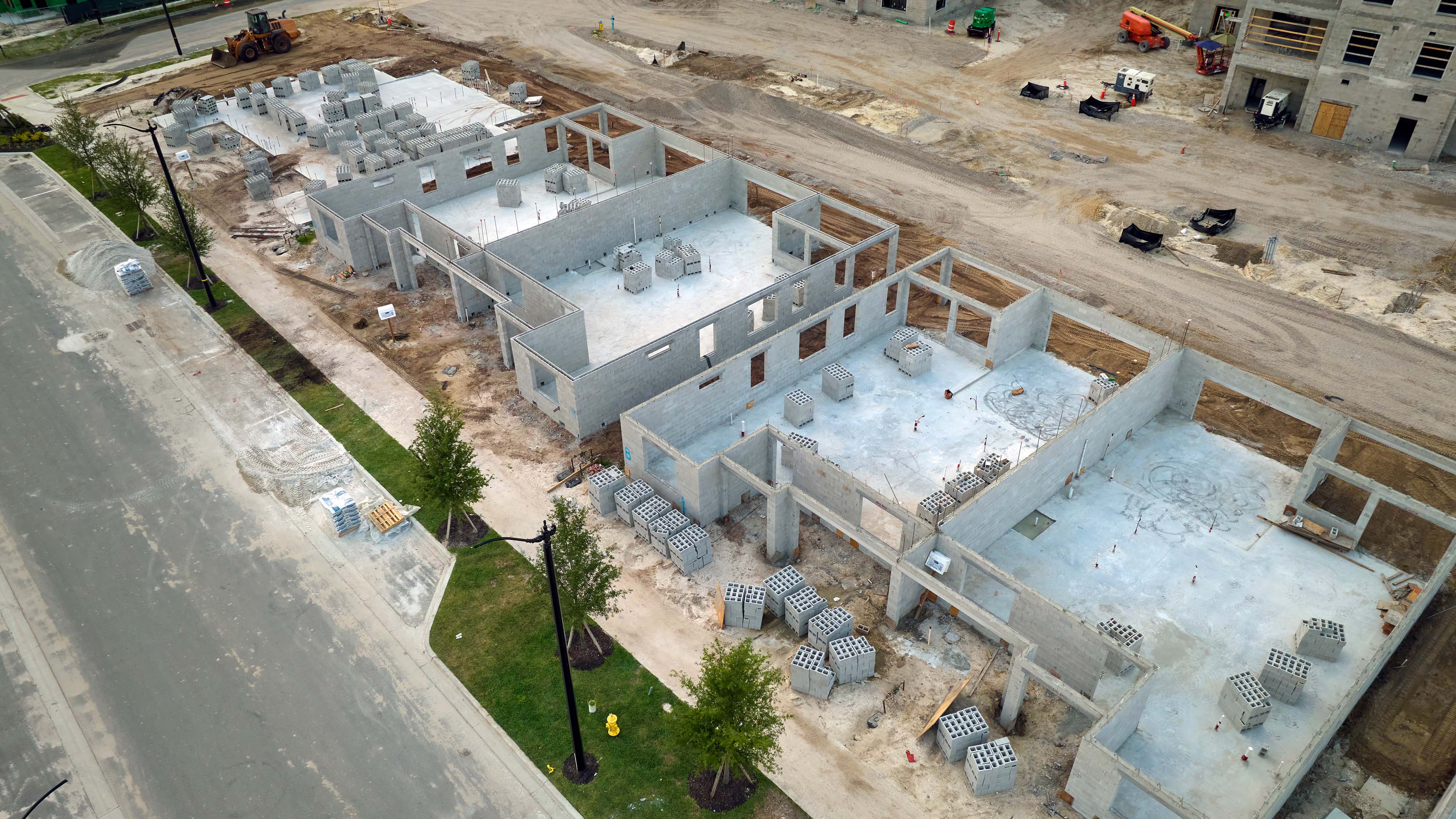Navigating Florida's Updated Construction Lien Waiver Forms (2025)
Florida’s updated 2025 lien waiver forms are now mandatory. Learn how SB 658 impacts contractors, owners, and payments.
As all construction professionals in Florida know, lien waivers serve as a critical tool for balancing payment security with project momentum. They protect owners from unexpected liens while allowing contractors, subcontractors, and suppliers to secure compensation for their work. However, with the enactment of Senate Bill 658 (SB 658), Florida's Construction Lien Law—codified in Chapter 713 of the Florida Statutes—has undergone targeted amendments that demand immediate attention from all industry stakeholders. Effective as of July 2025, these changes standardize lien waiver forms and modernize payment conditioning options, aiming to minimize disputes, enhance clarity, and adapt to evolving financial practices.
As a Florida law firm with deep experience guiding construction clients through lien-related challenges, we've seen firsthand how even minor deviations in documentation can lead to costly litigation or delayed payments. This article breaks down the key updates, provides the exact statutory forms, explores practical implications, and offers actionable steps to ensure your operations remain compliant and efficient. Whether you're a general contractor finalizing a multimillion-dollar development or a subcontractor chasing progress payments, understanding these revisions is non-negotiable.
The Shift to Mandatory Identical Lien Waiver Forms: No More "Substantially Similar"
One of the most significant alterations under SB 658 eliminates the prior flexibility allowing lien waivers to be "substantially similar" to statutory templates. Now, all progress and final payment lien waivers must be identical to the prescribed forms in Florida Statutes § 713.20(4) and (5). This standardization addresses longstanding ambiguities that often fueled disputes over form validity, ensuring uniform application across the state.
Why This Change Matters
Reduced Litigation Risk
Courts have historically scrutinized non-standard forms for enforceability, leading to arguments over whether a waiver truly released lien rights. Identical forms eliminate this gray area, providing ironclad protection when executed properly.
Uniformity for All Parties
Owners, lenders, and title insurers benefit from predictable documentation, streamlining closings and financing. For lienors (e.g., contractors and subs), it simplifies compliance without the need to customize language
Statutory Prohibition on Variations
Under the amended § 713.20(6), no party may require a lienor to use a form different from the statutory ones. Violations could render demands for alternative forms unenforceable and expose the requiring party to claims for bad-faith practices
The Updated Statutory Forms
To facilitate immediate implementation, construction professionals should refer to the exact tets of the statute, as these must be used verbatim, with only the bracketed placeholders (e.g., dates, amounts, names) filled in. Notarization is not required unless specified in the underlying contract, but best practice recommends it for evidentiary strength.
Key Form Nuances
Progress Waivers
Explicitly exclude retentions and post-date work, preserving rights for incomplete portions of the project.
Final Waivers
Encompass all labor, services, and materials provided, serving as a comprehensive release upon project closeout.
Execution Best Practices
Always include a detailed property description (e.g., legal address or parcel ID) to avoid challenges based on vagueness. Date the form contemporaneously with payment receipt to bolster defensibility.
Failure to adhere to these exact formats could invalidate the waiver in court, potentially exposing owners to surprise liens or lienors to unpaid claims.
Expanded Flexibility in Conditioning Waivers on Payment Receipt
SB 658 also modernizes § 713.20(7) by broadening the methods lienors can use to condition waivers on actual fund receipt. Previously limited to checks, lienors may now tie effectiveness to electronic fund transfers (EFTs), wire transfers, or other verifiable payment systems. This update reflects the construction industry's shift toward digital payments, reducing reliance on outdated check-clearance processes.
Practical Implications
For Lienors
You can now specify in the waiver that it becomes effective only upon "receipt of funds" via your preferred method, providing robust protection against bounced payments or transfer delays. Include this condition in your standard operating procedures to avoid inadvertent releases.
For Owners and Contractors
If no payment bond safeguards the project, you retain the right to withhold contractor payments equivalent to any disputed funds until the lienor confirms receipt. This mutual safeguard promotes trust while mitigating financial exposure.
Integration Tip
Update your payment applications and AIA billing forms to reference these statutory waivers explicitly, ensuring seamless workflow alignment.
Broader Context: Building on 2023 Reforms and Future-Proofing Your Practices
These 2025 updates complement the comprehensive overhaul from October 1, 2023, which expanded the "contractor" definition, raised Notice of Commencement thresholds to $5,000, and refined lien transfer bond calculations. Together, they signal Florida's legislative commitment to a more equitable, efficient lien regime that deters abuse while facilitating commerce.
For high-volume operators, non-compliance risks include:
- Enforceability Challenges: Courts may deem non-identical forms void as to lien rights, per § 713.20(8).
- Contractual Backlash: Clauses demanding custom waivers could breach the statutory prohibition, inviting breach-of-contract countersuits.
- Title and Financing Delays: Insurers and banks increasingly scan for exact compliance, stalling escrows.
To mitigate these, conduct a thorough audit of your lien management protocols. Train accounting and project teams on the new forms, integrate them into software, and consult counsel for contract riders that reinforce statutory protections.
Actionable Steps for Compliance and Peace of Mind
Immediate Form Swap
Replace all legacy templates with the current statutory versions. Print and distribute to appropriate teams immediately.
Payment Process Review
Map your EFT/wire workflows to include waiver conditioning clauses, and document all receipts meticulously.
Partner Education
Share this update with subs and suppliers via email blasts or webinars to foster chain-wide adherence.
Legal Safeguards
Embed waiver requirements in prime contracts, specifying dispute resolution via mediation before litigation.
Ongoing Monitoring
Subscribe to Florida Bar construction law alerts or retain legal counsel for annual compliance checkups.
At Munizzi Law Firm, we focus on turning complex matters into understandable solutions. If you're navigating these updates or trying to craft documents that will stand up in court, contact us today for a confidential consultation. Our team is ready to assist.



